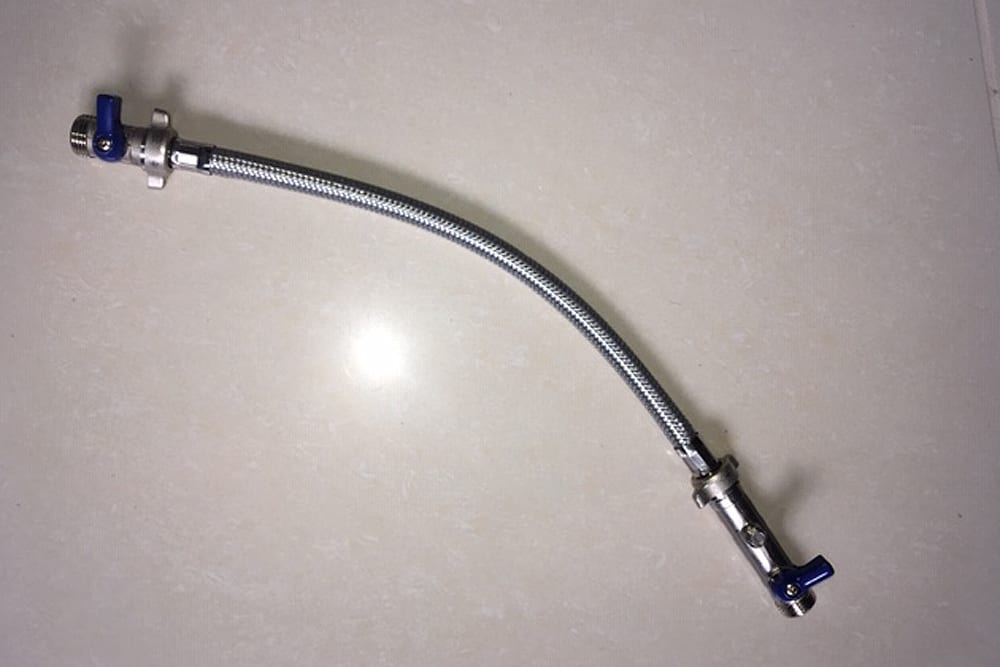The majority of heating systems are pressurised
That is to say, they don’t have header tanks to top up the water in the system, but instead the homeowner or an engineer occasionally looks at a pressure gauge and, if it gets low, tops up the water pressure.
It’s a great system. No heating header tank storing water in the loft and a sealed system where no air can get in to cause corrosion.
However, it does need topping-up every so often to maintain the pressure. If you have a pressurised system you will want to maintain the pressure at about 1.2bar with the system cold. But this is very approximate and if it’s a bit below 2 bar and above 1 bar, it should work fine.
I’d recommend that you check the pressure gauge about once a month. The system will lose pressure gradually so eventually it will need topping-up. Some systems will only need topping up every 2 years but some may need it every 3-6 months. Any more often and there is a problem so you may start to need to look for leaks – particularly where the safety valve discharges outside and on radiator valves.
It is likely that the main cause of a very gradual loss of pressure is through the seals in radiator valves, letting out such a small amount of water that it immediately evaporates. This is not a problem providing that you check it occasionally.
If your system pressure is low and you need to re-pressurise it, look in the boiler manufacturers manual for detail on how, although often the ‘filling loop’- used to top up – is not part of the boiler. In this case, try Mr Google! YouTube has many good videos on filling either using the boiler’s equipment or an external filling loop.
But if you are not sure how to do it, contact us, as there is a risk of damage if the system is overfilled.

Based in Emsworth near Havant we cover southern parts of Hampshire and West Sussex. Get in touch here, or call us on 01243 370880.

